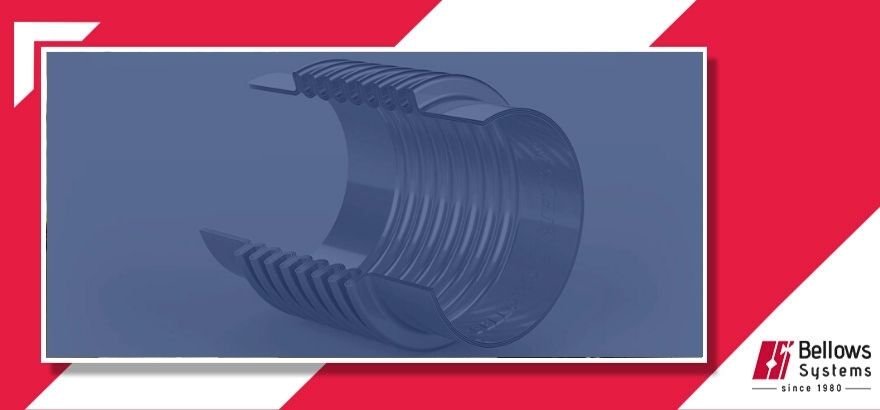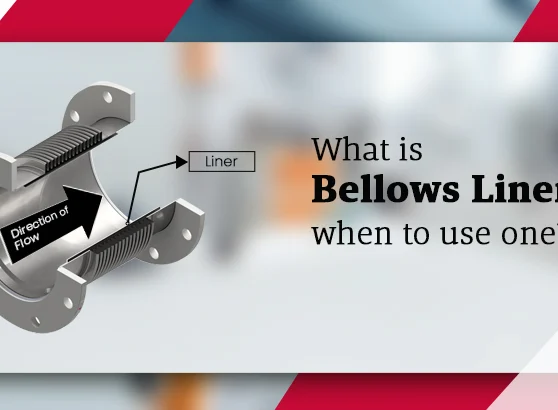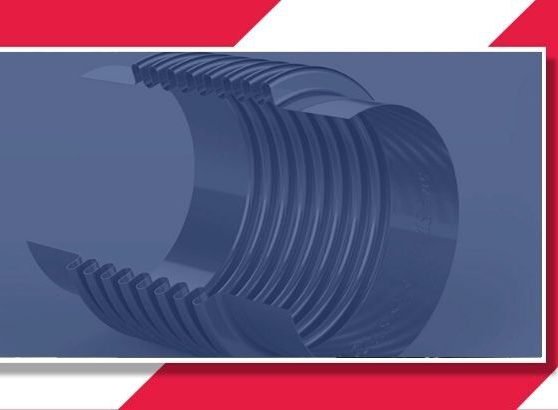Multi-ply bellows are made up of a multiple telescoping tube (or plys) of sheet metal. The telescoping tubes are formed (Expanded mandrel or hydraulic) together to form each convolution.

Why are they better than single-ply bellows?
- They offer redundance in the event of inner ply failure.
- The offer much lower stiffness.
- Leak detection measures can be incorporated to detect ply failure hence providing time to change out the existing expansion joint.
- Much higher cycle life per corrugation.
- Corrugated length can be much shorter to achieve similar movement and cycle life performance to that of a single ply bellows.
What are the drawbacks?
- They have higher meridional bending stress.
- They have less resilience to corrosion due to the individual wall thickness.
- Higher ply count can result in slightly higher manufacturing cost.
- Increased in-plane and column instability compared to a similar single ply construction.
- Difficult to repair in the field due to the much thinner ply thickness.








